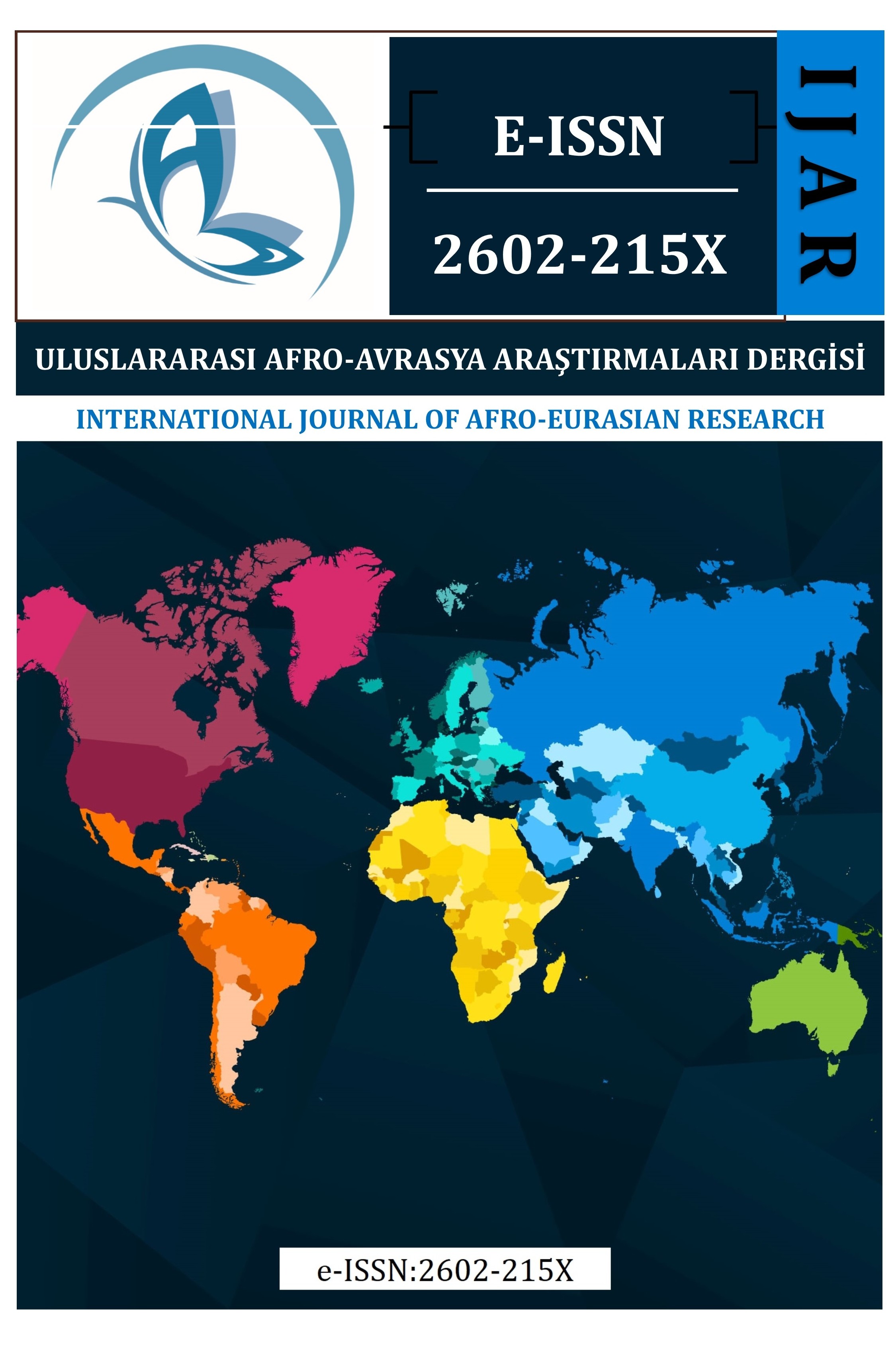ARNAVUT DİLİNİN YAPISINDA SEMANTİK DEĞERİN İNCELENMESİ GEREKLİLİĞİ
Teorik durum çalışmaları ve pratik uygulamaları, Arnavutça'da bir morf sözdizimi kategorisi olarak görülmektedir. Bu bağlamda, isim, zamir ve sıfat (Gramatika I) gibi birim başına sayı ve forma göre bu kategorinin oluşum paradigması verilmektedir. Ayrıca, konu, nesne, değiştirici, belirleyici gibi geleneksel işlevlerle yakından ilgilidir, bu işlevlere göre farklı sahnelerin belirli bir şekilde gruplandırılmasını sağlar (Gramatika II). Böyle bir anlayış, pek çok benzer sözdizimi değerlik modelinin sistemindeki tanımlamadaki farkı sınırlandırmıştır, ancak anlamsal değerlik analizine referansla, birbirlerinden farklıdırlar. Yalnızca pragmatik durumun pek çok kullanımı bu şekilde analiz edilememiştir veya semantik olarak değişen belirli kalıplarla aynı olduğu şeklinde etiketlenememiştir (hap dritaren /hap një faqe të re web) (opens the window / opens a new web page). Farklı teorilere göre ilgili bileşenleri ile birlikte yapılan anlamsal değer çalışması (anlamsal durum, anlamsal bileşenler, anlamsal kategoriler, belirli sözlü açıklamalar, vb.), Değerleme başlıklarının ve belirli tamamlayıcıların kullanılmasının farklı bağlamlarını bu bağlamlara göre doğru bir şekilde belirleme imkanı sağlar.
Anahtar Kelimeler:
Değerlik, Diyatez, Geçişlilik, Aktif, Pasif
THE NECESSITY TO STUDY THE SEMANTIC VALENCE IN THE STRUCTURE OF ALBANIAN LANGUAGE
The case in theoretical studies and practical applications is seen as a morpho-syntax category in Albanian. In this context, the paradigm of the occurrence of this category by number and form per unit such as noun, pronoun, and adjective (Gramatika I) is generally given. Also, the case is closely related to traditional functions such as the subject, the object, the modifier, the determinant, enabling a certain grouping of different scenes according to these functions (Gramatika II). Such a conception has limited the distinction to the description in the system of many similar syntax valence models, but in reference to the semantic valence analysis they differ from each other. Numerous uses not only of the pragmatic case could not be analyzed in this way or labeled as being the same with certain patterns that change semantically (hap dritaren /hap një faqe të re web) (opens the window / opens a new web page). The semantic valency study with its relevant components according to different theories (semantic case, semantic components, semantic categories, specific verbal descriptions, etc.) would provide the possibility of accurately determining the different contexts of using valence heads and specific complements according to these contexts.
Keywords:
Valence, Diathesis, Transitivity, Active, Passive,
___
- DEDA A. (2012), Rasa semantike, Terminologjia në shkencat e ligjërimit, Elbasan.
- DIRVEN/RADDEN, (1987), Concept of Case, Gunter Narr Verlag, Tübingen.
- FILLMORE Ch., (1968), The case for case.
- GÖTZ-VOTTELER K., (2004), Theoretical, Descriptive and Cognitive Issues, Mouton de Gruyter.
- Gramatika I, (2002), Akademia e Shkencave të Shqipërisë.
- HAEGEMAn L., (1991), Introduction to the Government and Binding Theory, Cambridge University Press.
- HERBST Th. et al, (2004), A valency Dictionary of English, Mouton de Gruyter.
- http://ijl.oxfordjournals.org/content/16/3/235.abstract.
- http://samples.sainsburysebooks.co.uk/9781134369928_sample_535420.pdf.
- https://www.press.umich.edu/pdf/9780472033850-part1.pdf.
- TARVAINEN K, (1985), Semantic Cases in the Framework of Dependency Grammar.
- Başlangıç: 2016
- Yayıncı: Hakan ARIDEMİR
Sayıdaki Diğer Makaleler
UKRAYNA KAMU SEKTÖRÜNDE FİNANSAL RAPORLAMA
Semenova SVITLANA, Shpyrko OLHA
DUYGUSAL ODAKLI ÇİFT TERAPİSİ: BİR ÇİFTİN ALDATMA İLE MÜCADELESİ
ÜÇÜZ AÇIK HİPOTEZİ: 1974-2015 YILLARI ARASI TÜRKİYE ÖRNEĞİ
Ahmet KAMACI, Sevde ŞAHİN KARA
‘ÇİN YÜKSELİŞİ’NİN EKONOMİK PERSPEKTİFİ VE GELECEK TAHMİNLERİNİN ORTA ASYA’YA YANSIMALARI
BAĞLANTILI K ÖRNEKLEM İLE PARAMETRİK OLMAYAN COCHRAN Q TESTİ: BİST 100 UYGULAMASI
ARNAVUT DİLİNİN YAPISINDA SEMANTİK DEĞERİN İNCELENMESİ GEREKLİLİĞİ
TÜRK SİNEMASINDA KARA FİLM VE FİLM ÖYKÜLERİNE ETKİSİ
TÜRKİYE SAHRA ALTI AFRİKA (SSA) ÜLKELERİ İLİŞKİLERİNDE YENİ DÖNEM
DÜNYA TÜRKÇELERININ CEREYANINDA BALKAN TÜRKIZMALARINA LEKSIKOLOJIK BIR BAKIŞ
